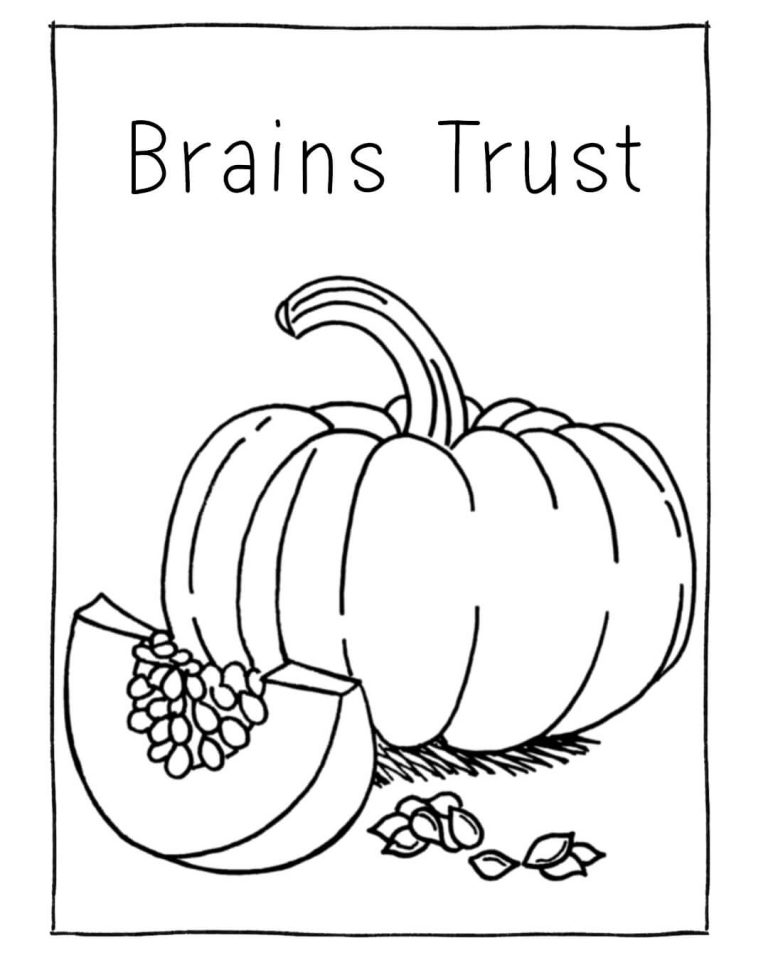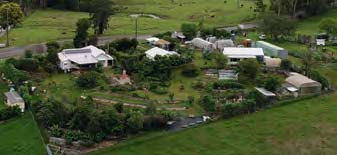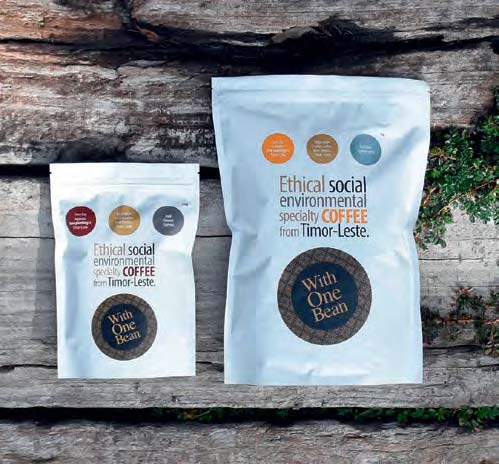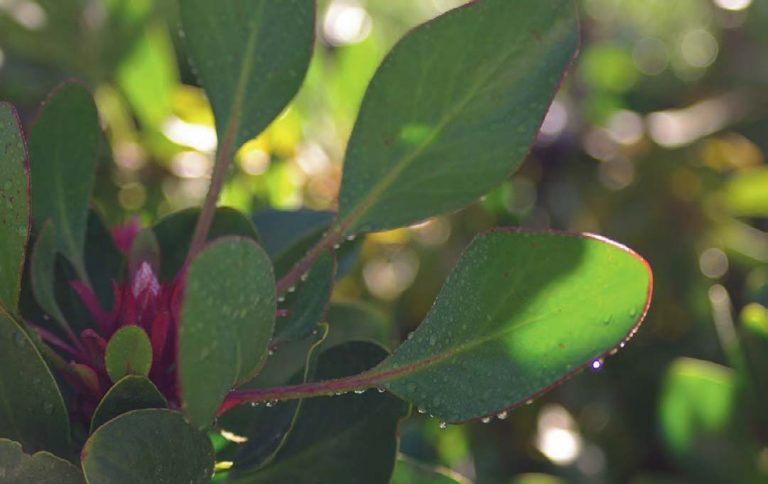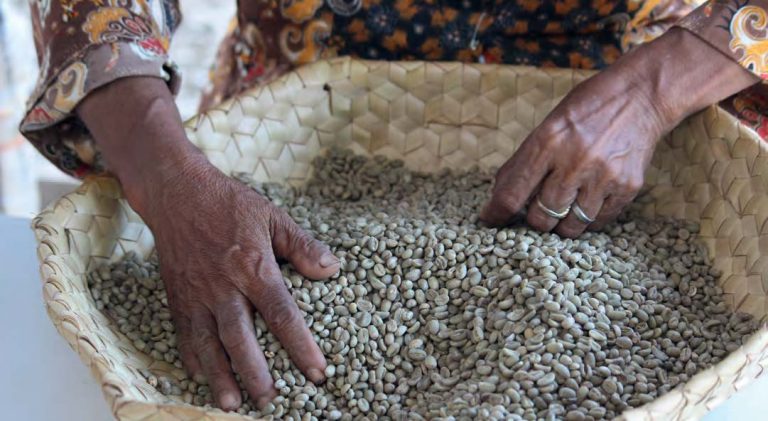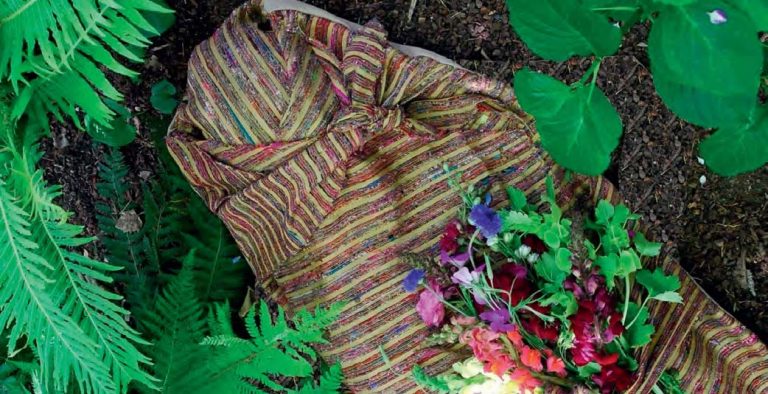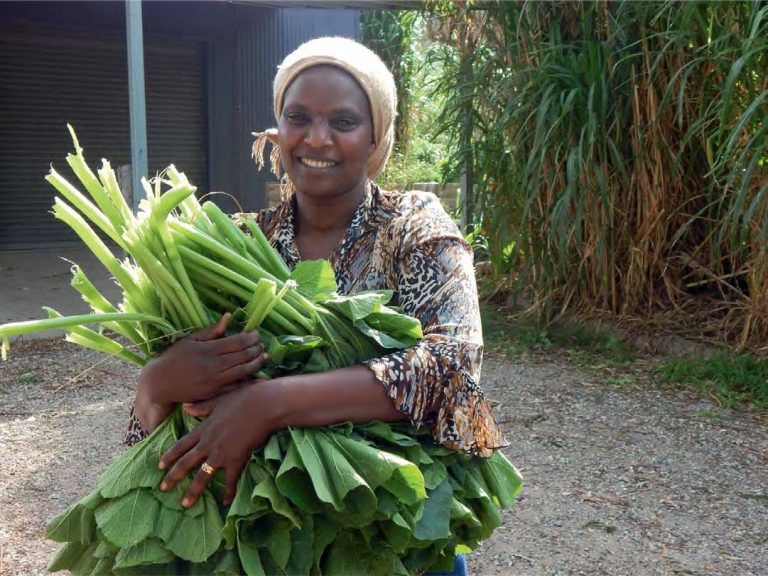Permaculture plant: Perennial Onions
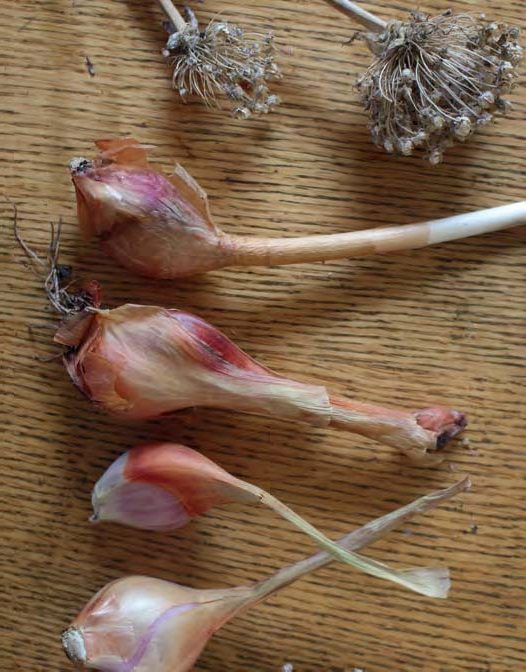
Despite their name, the only thing potato onions have in common with spuds is the way in which they are planted. While potato onions can be grown from seed, they are most commonly grown by sowing a bulb of the previous season’s crop, in the same way that potatoes are grown from a previous season’s tuber.
Also known as multiplier onions, pregnant onions and a variety of other names that allude to their almost magical ability to grow a clutch of baby onions from just one bulb, potato onions are a valuable addition to a permaculture garden or food forest. This is because unlike biennial onions, they do not need to be grown from seed each year.
GROWING
They like free draining soils, so growing in rows on a mound is a good idea. They don’t mind a bit of crowding with their fellow onions, but dislike jostling with competing weeds, so weeding rows well is essential. They are a little less fussy about planting time than many other alliums and can be sown either in autumn or spring, though harvests from the former are more bountiful.

